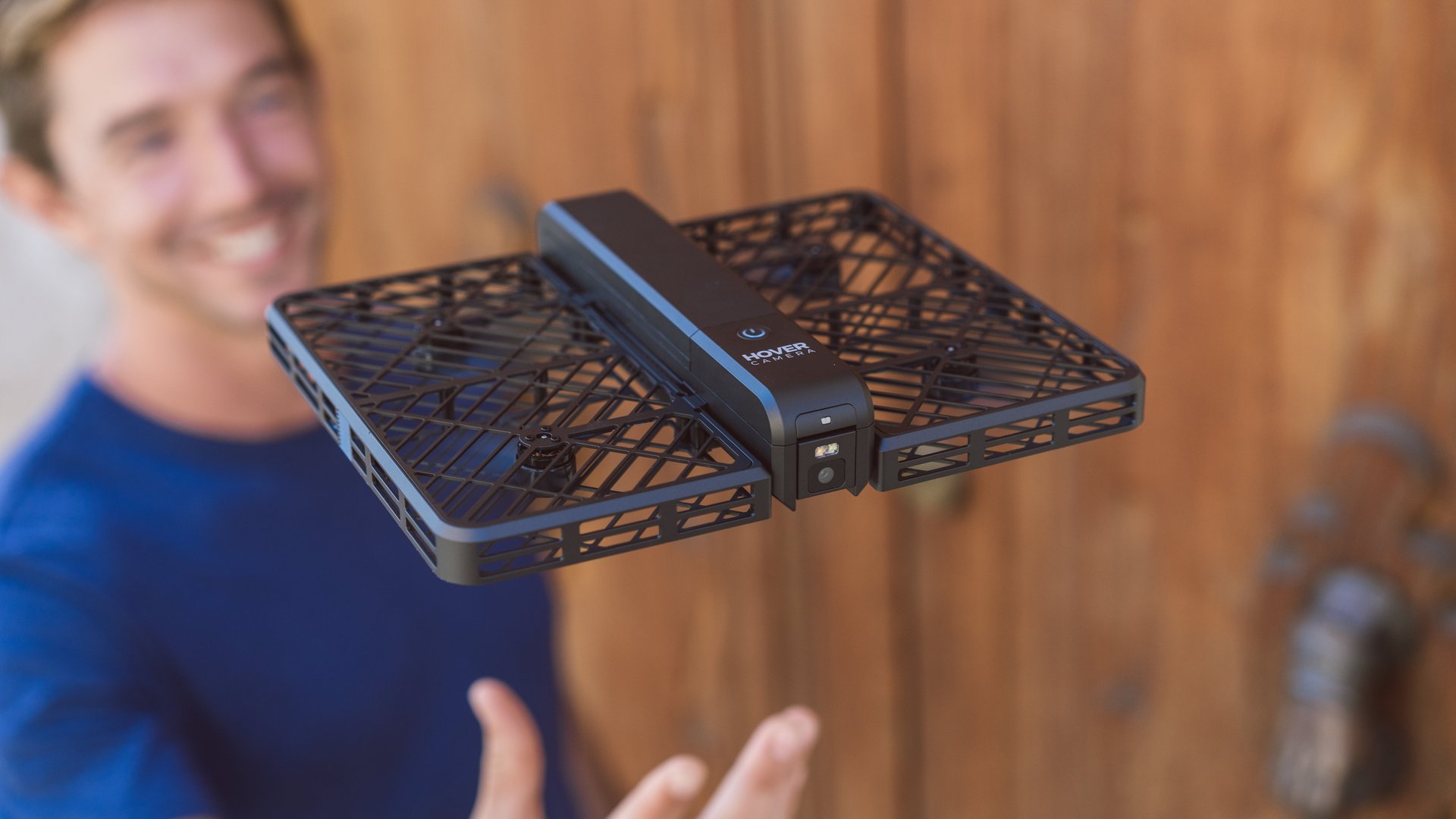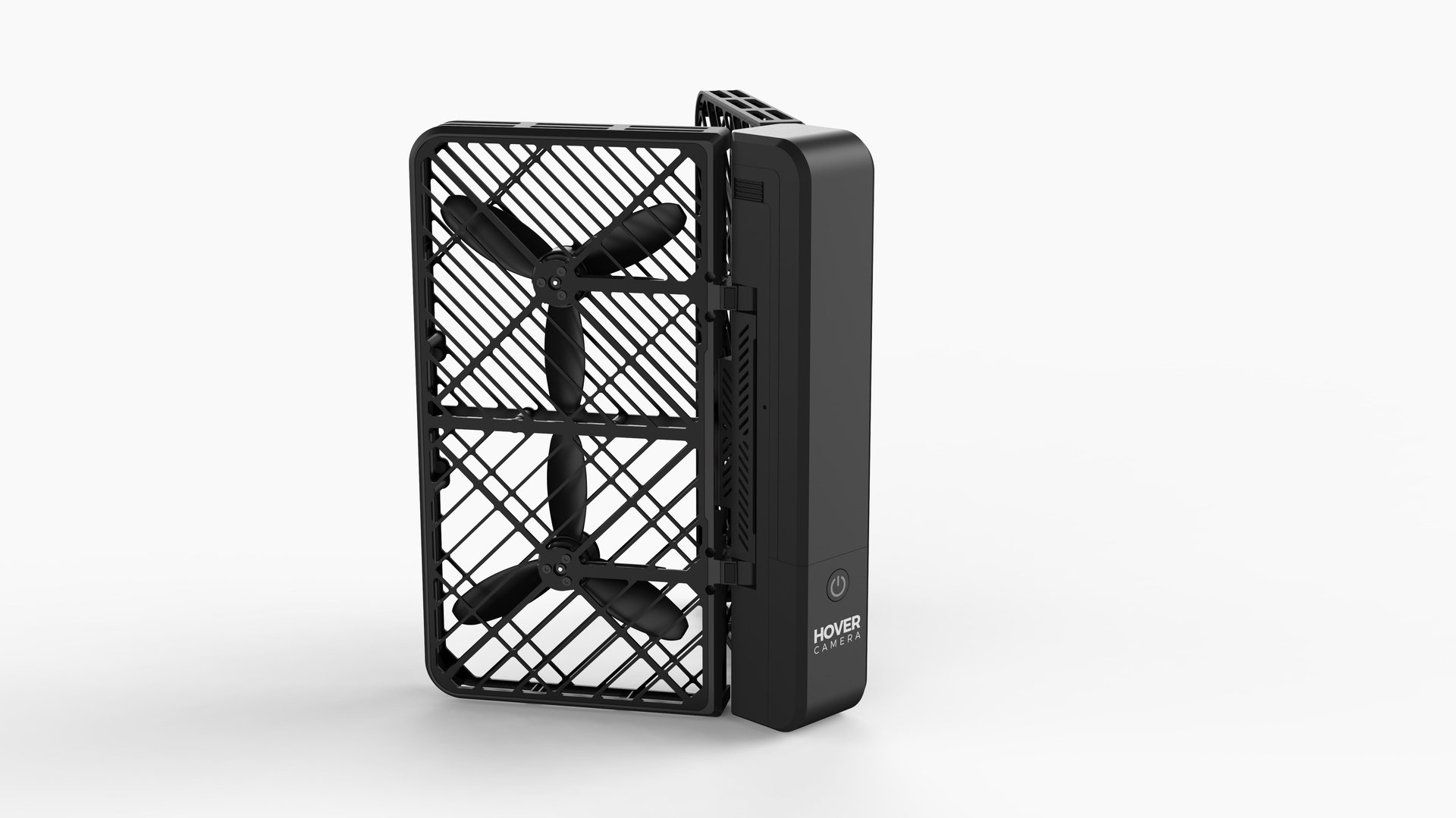This could be what the terrifying future of personal drones looks like
In a world where a reality TV star has been elected president of the US, it seems increasingly believable that a culture where everyone is always being filmed, always able to share their most intimate moments at the push of a button, is coming.


In a world where a reality TV star has been elected president of the US, it seems increasingly believable that a culture where everyone is always being filmed, always able to share their most intimate moments at the push of a button, is coming.
Consumer drones have exploded in popularity in recent years. These flying camera computers have the ability to detect faces, follow people around, fly on their own, land safely, and perform all sorts of cinematic tricks that used to require helicopters, cranes, steady hands, and lots of patience. And the prices are falling all the time: DJI’s Phantom 4 drone costs $1,100 and can avoid objects while tracking moving objects at over 25mph. And a new drone, from Chinese startup Hover Camera, aims to be the first affordable drone to normalize constant filming—like a pet paparazzo that can track your every move.
The Hover Camera is novel in that it’s exceedingly compact, and doesn’t look like some alien structure, flashing with lights and odd vestigial legs as it flies. In fact, it’s just a black rectangle, similar to an old VHS tape in form and size. The Hover also has a plastic mesh encasing for its propellors, meaning you can safely fly the drone inside, and even grab it while it’s flying. You could bump it into people or objects and not hurt them.

The drone also doesn’t require any arduous setup like many consumer drones on the market tend to. You just charge the batteries, download the app, connect to its wifi network, and you’re set. You press the power button once to turn it on, and once more to make it hover, and you now have a flying camera that can track you with its 13-megapixel sensor, capturing your essence in 4K.
For what the Hover Camera does, it does really well. It can fly around with relative ease, take decent photos, and be portable in even the tiniest of bags. It’s said that the best camera is the one you have on you, and when your options become a smartphone or something equally as small that you can get up into the air in seconds, it may well be your camera of choice.
But the Hover Camera has three main problems. First: It’s not cheap. It costs $600, and its construction makes it feel like it costs a lot less. Second, it’s loud as hell.
The only thing really preventing flying cameras from becoming a common reality, as component prices continue to fall, is just how annoyingly loud these things are. Selfie sticks, albeit annoying in their own way, are cheap, and other devices for capturing action, like GoPro cameras, are at least quiet and waterproof. The Hover records video on silent, because the accompanying audio would just be a cacophony of high-pitched buzzing.
Then there’s the third problem: What this really means for the world. Do we want to live in a society where it’s socially acceptable to just have little devices flying around to film us all the time? It’s already exceedingly easy to film someone from even the cheapest smartphone, and other devices, like Snap’s new Spectacles, are helping normalize the idea of always being filmed by looking cool. With Hover, I got some beautiful pictures of the sunset over the Hudson River from my apartment, and had fun annoying my roommate and coworkers, but what’s the trade-off for a few minutes of fun?
Component prices—sensors, microprocessors, and the like—are dropping as quickly as software to better interpret imagery is being developed. It’s entirely possible that drones like this will pervade our culture (assuming they get a bit quieter), because they’re fun. They take no time at all to set up, and they can be used to take great pictures of sunsets, barbecues, weddings, concerts, kids playing in the backyard, hiking trips, snowboard tricks, and everything else that’s worth capturing.
And Hover isn’t the only company trying to usher in a world where we can all toss a drone into the air in a few seconds to capture life’s complexities. There are heavy-hitters like GoPro and drone maker DJI, and startups like Lily and Vantage Robotics, that are all trying to corner the personal flying camera market.
But when it’s this easy to follow anyone around with a camera, what privacy can anyone expect? Already there are countries like the UK where there is one stationary surveillance camera for every 11 citizens. When celebrities start wearing cameras on their faces in the name of fashion, drones might not be far behind.
Aerial photography can be beautiful, arresting, and other-worldly when it’s shot from drones hundreds of feet in the air, but when it’s of people, up close and personal, it feels at best voyeuristic, and at worst, invasive. Thankfully, for now at least, these things are so loud that it’s pretty easy to figure out when they’re nearby. But that won’t always be the case.
Correction (4:30pm): An earlier version of this post claimed the Hover Camera was made out of plastic, when in fact it was made out of carbon fiber.